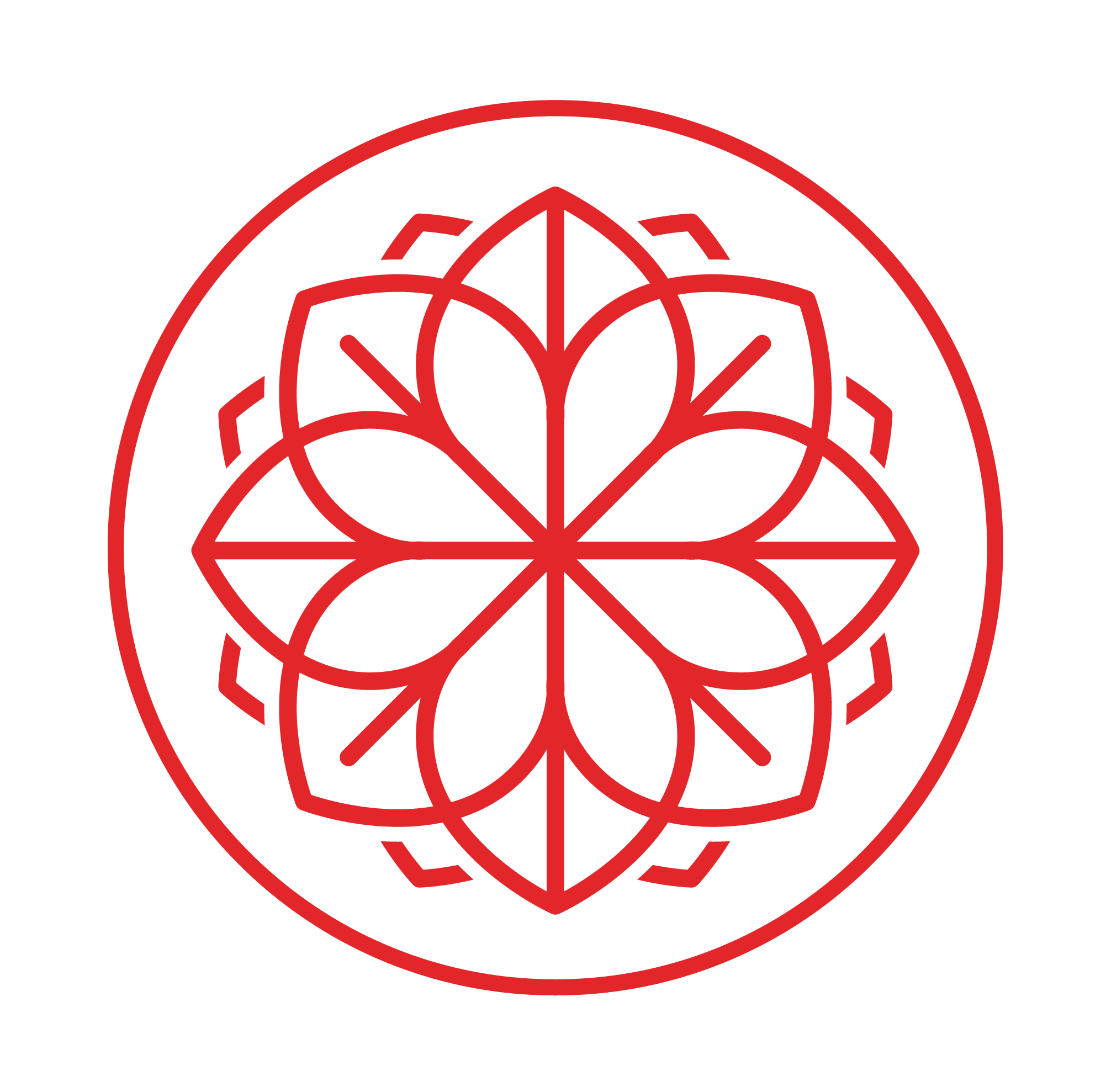Cupping is much like the inverse of massage because rather than applying pressure to push muscle and tissue, the cups use gentle suction to pull muscle tissue upward.
Modern cupping techniques use small glass cups or bamboo jars as suction devices that are placed on the skin. The most common approach to creating this suction involves igniting an alcohol-soaked cotton swab, placing the flame in the cup, and quickly removing the flame before placing the cup on the skin surface. The suction created by this “fire cupping” method provides a firm grip on the skin. The practitioner uses the glass cup to monitor the tension created by the suction. Sometimes a pump is attached to the cups to create suction.
Cupping is one of the best deep-tissue therapies. The suction and negative pressure provided by cupping can loosen muscles, encourage blood flow, and sedate the nervous system. It is sometimes used to clear toxins and blockages in tissues as much as four inches beneath the skin.
The cups are positioned on acupuncture points or local areas of muscle tension, and the practitioner may leave them in place or manipulate them to produce the desired effect. If a stationary method is used, the cup rests for 10-20 minutes on a specific location to drain damp, cold, or heat and improve circulation in the acupuncture channels.
Cupping is used to relieve back and neck pain, stiff muscles, facial paralysis, anxiety, fatigue, migraines, rheumatism, indigestion, constipation, and common cold symptoms. It is also very effective for treating common pediatric complaints including anxiety, hyperactivity, constipation, indigestion, asthma, cough, and troubled sleep. Generally, cupping is combined with acupuncture but it can also be used alone.
Read the full article here: https://bayviewcompass.com/in-balance-cupping-therapy/

